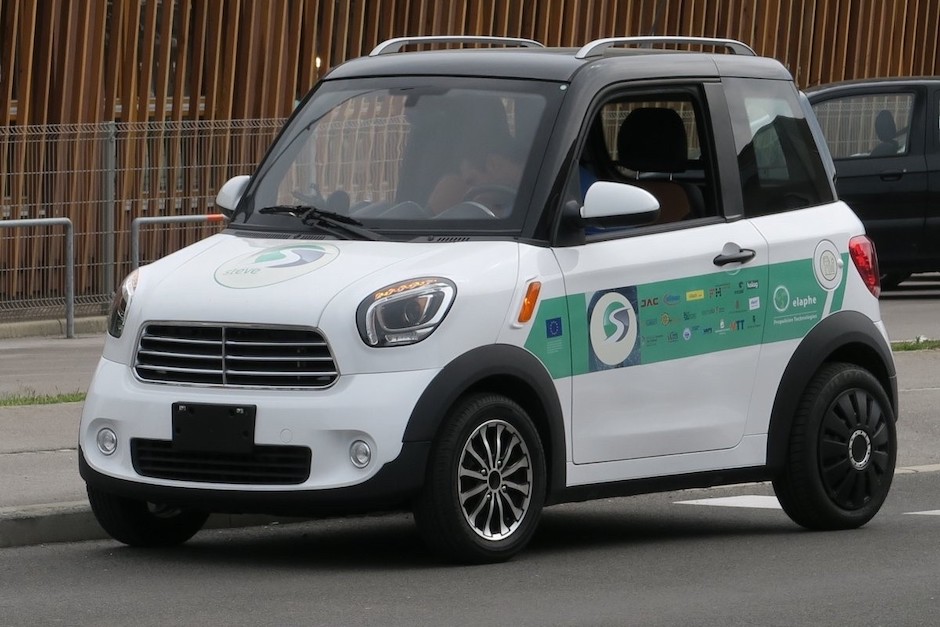
Developed as part of the EU’s STEVE project to deliver new concepts in urban mobility, the Surrey team’s method is suitable for implementation in everyday consumer EVs and aims to solve impracticalities in traditional torque vectoring approaches.
Torque vectoring allows different amounts of drive power to be delivered to each wheel, improving the vehicle’s power consumption, safety and control.
Professor Aldo Sorniotti, head of the Centre for Automotive Engineering at Surrey University explained how multiple drive motors and torque vectoring techniques can allow for ‘always-on’ stability control systems, as opposed to a conventional stability system which only becomes activated when a vehicle is braking hard.
“As a consequence, you can use these new drive controls not just for emergency conditions but to support a wider range of objectives such as driveability, active safety measures, reduction in energy usage and so on,” Sorniotti said. “The problem is, delivering this capability is very complex, requiring significant computer power and sophisticated algorithms that can balance all these competing factors in a way that keeps the car safe and fun to drive.”
Electric vehicles critical to post-pandemic UK economy claims report
Surrey’s work, published in Vehicle System Dynamics, combines a predictive control model with fuzzy logic to adaptively prioritise vehicle dynamics of energy efficiency. The team’s stability control system can anticipate the curvature of the road ahead, allowing the car to pre-emptively break when approaching a bend too fast.
“Because the system is always on, it can react in a split second to something that might otherwise lead to loss of control,” said Patrick Gruber, professor in Advanced Vehicle Systems Engineering at Surrey University.
The torque vectoring technique can create improved overall vehicle dynamics when driving at the edge of controllability, he added, for example when turning sharply, driving at a high speed or manoeuvring in poor weather conditions.
Whilst the use of torque vectoring techniques is expected to lead to a significant improvement in road safety, Sorniotti explained, the main barrier to widespread adoption is cost.
“It’s a bit like having a race driver’s experience built into the car, allowing the system to maintain control of the car where normal drivers just wouldn't have the experience and skills to avoid an accident.
“Less than ten years ago, the cost of implementing these systems, coupled with having enough power available in a car, meant that these ideas were confined to the lab. Now we’re seeing them being implemented in high-end vehicles and luxury brands where the costs can be managed.”
Costs are expected to come down as adoption increases, and Surrey’s work has shown that the system can be applied to low-cost EVs, Sorniotti confirmed.
The STEVE project was completed in April and the team are now working on the next stage of development. This will focus on pre-emptive control, Gruber said, aiming to further improve predictions for the optimal torque for each motor using factors like driver control, route information and driving conditions.




Red Bull makes hydrogen fuel cell play with AVL
Formula 1 is an anachronistic anomaly where its only cutting edge is in engine development. The rules prohibit any real innovation and there would be...